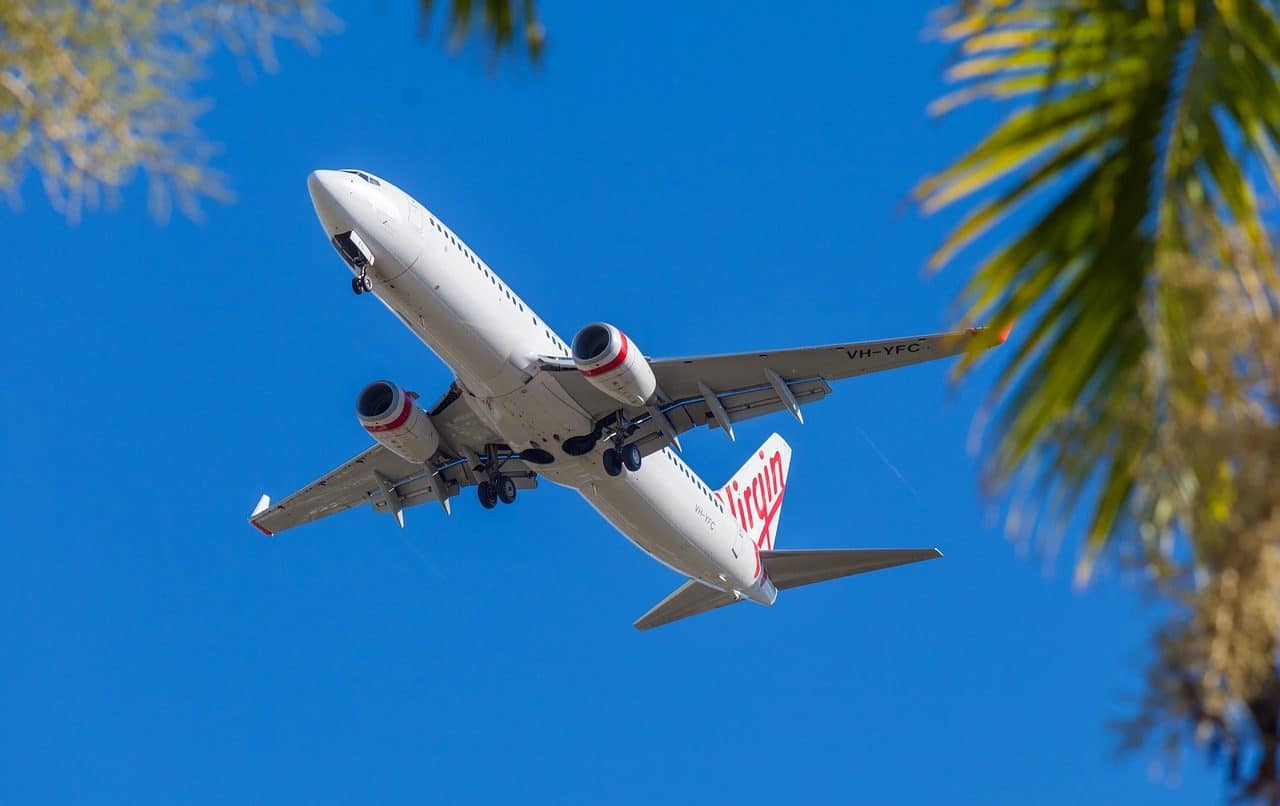
The limbs of animals that allow them to take flight are called wings.
Wings are the extremities that certain animals have to take flight and remain suspended in the air. There are species with wings, however, that are not capable of flying because of some of their morphological characteristics.
In insects , wings usually arise from the thorax. There are species that have one pair of wings, although others have two pairs. Dragonflies , flies , and bees are examples of winged insects.
Wings in birds and mammals
Birds also have wings, in this case usually covered with feathers . The variety of wings in these animals is very wide: swallows , condors , chickens , penguins and eagles , to name a few species, are all winged but have many differences.
If we focus on mammals , the only species that has wings and is capable of flying is the bat . Their wings are formed with a membrane of skin supported by the fingers of the front legs, with the exception of the thumb.

Planes have wings.
The aircraft
Wings are also the structures that allow the support of certain aircraft , such as airplanes . These wings obey the laws of aerodynamics and are essential for these vehicles to move through the air .
Needless to say, the wings of aircraft are inspired by those of animals and insects, just as most of the creations of human beings are based on the imitation of nature to elevate their possibilities beyond what it had in store for them. . We were not supposed to fly, nor swim so deep or for days and months, but that did not stop us from creating airplanes and boats, just two examples of our species' attitude towards natural limitations .
Da Vinci's winged inventions
There is various evidence that human beings had dreamed of flying since the first time they saw a bird rise in the sky, and this takes us to prehistory. Whether through ancient myths and legends, among which we can highlight the flight of the Greek Icarus , or through inventions that sought to stay in the air, something that geniuses like Leonardo da Vinci sought, it was already in our DNA to go beyond the surface of the Earth , and for that we needed wings.
Da Vinci had a special fascination with birds, and this can be seen in several of his creations, such as his ornithopters , a series of flying machines that he devised to transport several people, with one or two levels. Among its various concepts was one in which the pilot had to stand and another in which he had to lie down to drive the aircraft.
Despite the vision of the great Italian inventor ahead of its time, ornithopters were not destined to take off, since they had a fundamental flaw: their engine was the pilot himself , and no human being can generate with his limbs the energy necessary to achieve fly. The wings were designed in the image and likeness of natural ones, but we must not forget that birds have hollow bones and, therefore, much lighter than ours, not to mention that they are born prepared to propel themselves into the air.
Other uses of the term
In the field of architecture , the annexed bodies that are located on the sides of the main construction, being separated from it, are called wings. This idea can also be applied to other human products, to refer to any thin protuberance located on the sides of the basic structure.
When ala is stressed on the second A ( Allah ), it is the Arabic word used for God .
